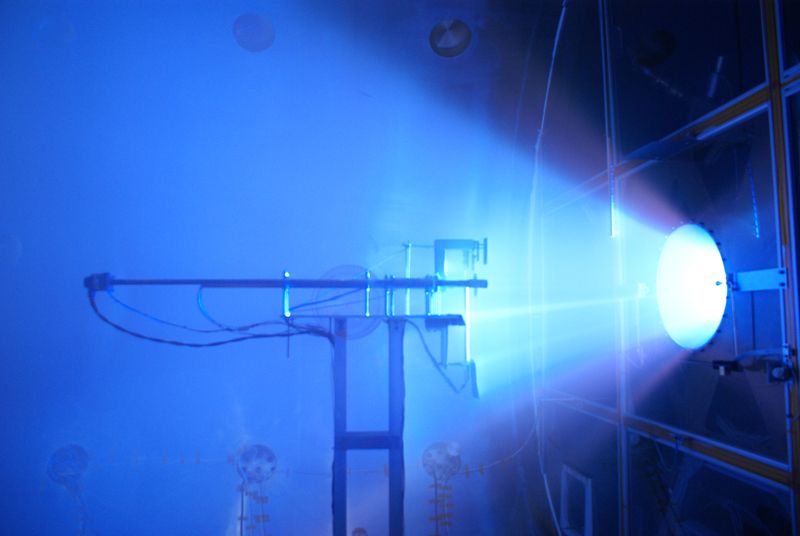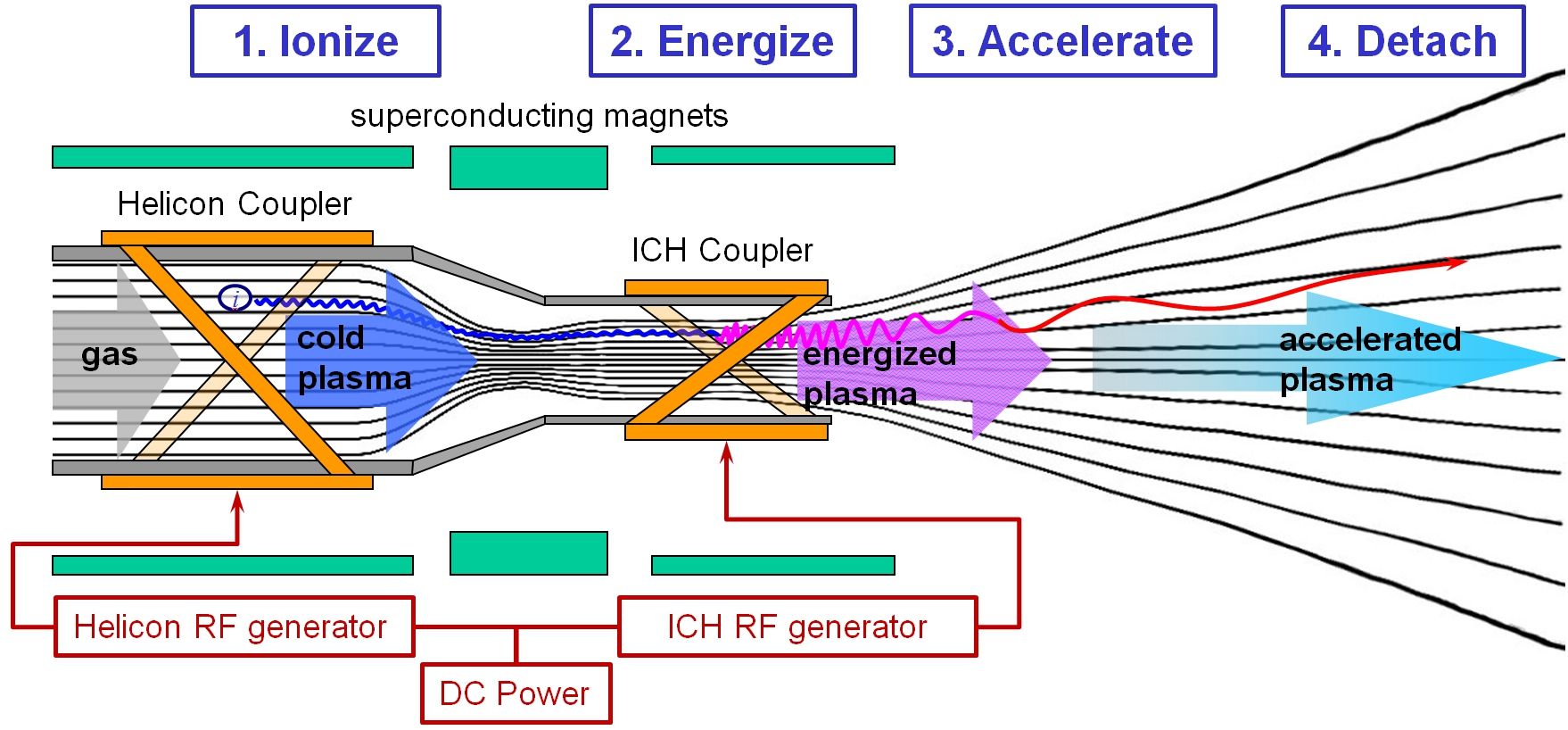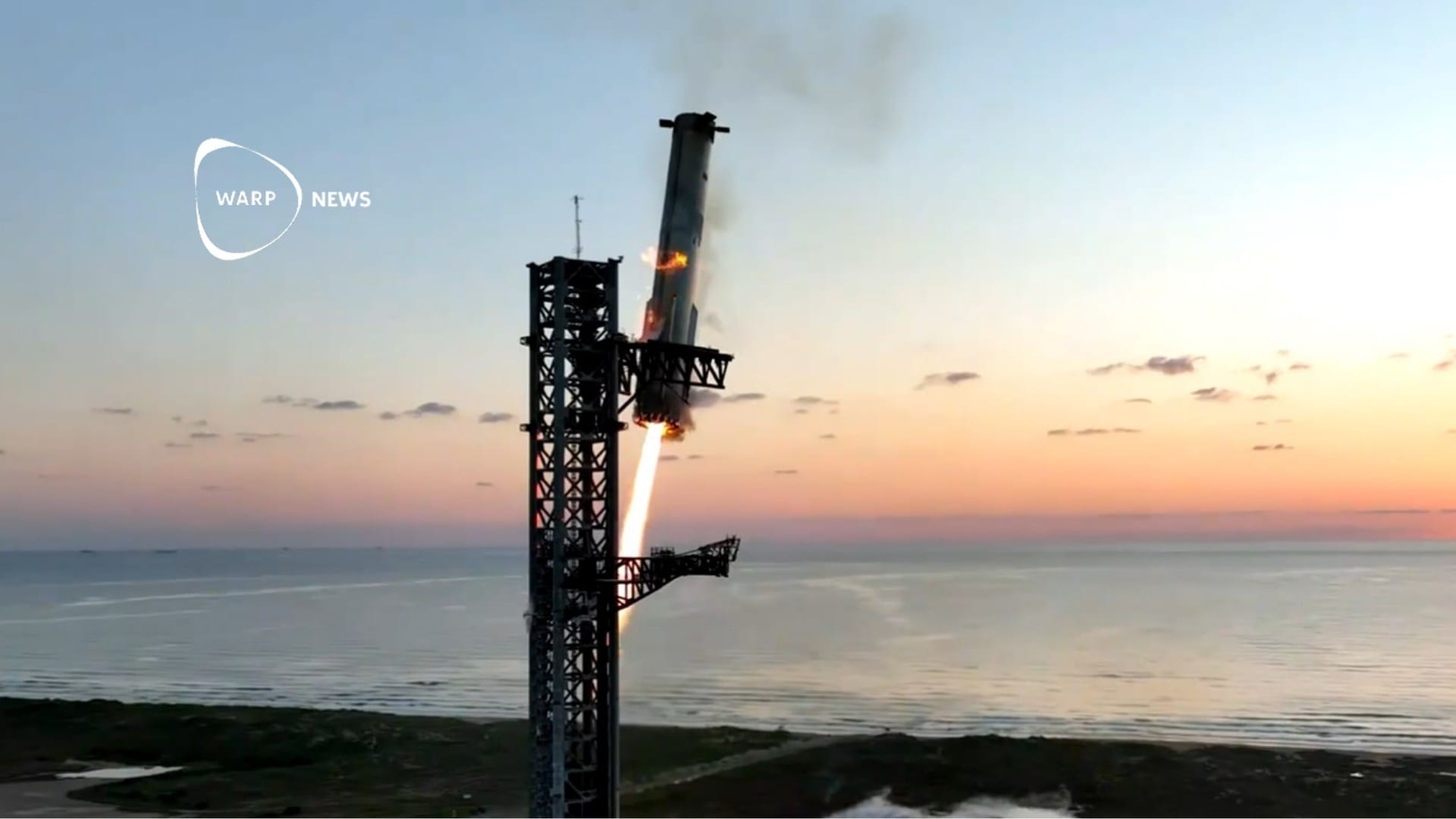
☢ Nuclear-electric rocket could shorten Mars trip to one month
Being in development since the late 1970s, VASIMIR engines allow for unparalleled speed and efficiency, making voyages to Mars much safer.
Share this story!
For those enthused by space travel, this is perhaps the most thrilling time to be alive. With renewed vigor, humanity strives to make space travel into a natural part of our lives. And the perhaps most exciting prospect is that of placing people on Mars.
The distance is vast: 480 million kilometers when the two celestial bodies are at their closest. With such distances, speed is of the utmost importance. Long missions are associated with a greater risk of mechanical failures, increase the need for supplies, and have an adverse effect on the health of the crew.
As several news outlets have reported, the rocket company Ad Astra is developing a new propulsion system that could propel a vessel to a staggering speed of nearly 200'000 km/h, shortening the journey from a grueling seven to nine months to just one month. This would mean making the journey much safer for those who travel.
Making use of innovation from the 70's
The technology is known as VASIMIR or Variable Specific Impulse Magnetiplasma Rocket and was invented in 1979 by Frankling Chang Diaz. The principle, in short, consists of heating hydrogen gas to a temperature of 60'000 degrees Celsius, at which stage it transitions into plasma.

Said plasma is contained by a strong magnetic field. The plasma is then heated further still to temperatures exceeding a million degrees before being sent out the back of the craft.
Being electric, the system is touted to be sustainable and reliable. In recent tests, the engine functioned for 88-hours, which was cut short due to a faulty sensor as opposed to any actual issues with the engine.
This result is in fact an endurance record for high-performance electric propulsion. The next step for VASIMIR is to scale up from solar-electric to nuclear-electric. Which of course will require the development of a reactor suitable for space use.
The method could be applied in other areas
The path to the recent test has been anything but straightforward. Development started in The Charles Stark Draper Laboratory in Cambridge Massachusetts before being transferred to the MIT Plasma Fusion Center and eventually the Johnson Space Center.
In 2005 the concept was privatized from NASA, at which point the Ad Astra Rocket Corporation was incorporated only 3 miles from NASA's Johnson Space Center. Beyond developing technologies for space use, Ad Astra is also involved in carbon-free energy solutions.
The company envisions the VASIMIR technology to be suitable for many other applications, including deflection of asteroids and as a cost-effective way of re-boosting larger space stations, such as the ISS.
By becoming a premium supporter, you help in the creation and sharing of fact-based optimistic news all over the world.


